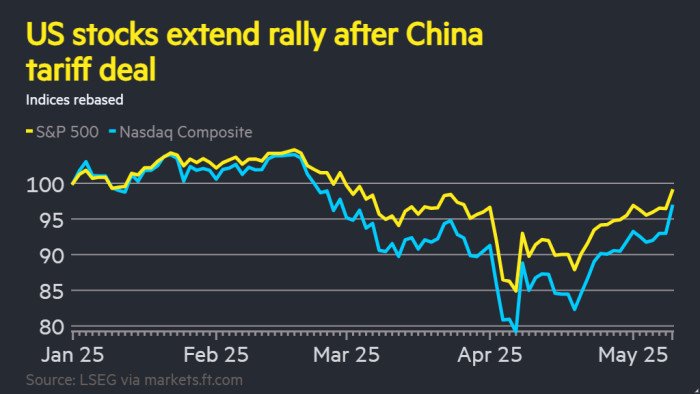What’s going on here?
China’s yuan pulled back from a seven-month high against the dollar, as traders braced for key economic data that could shape the currency’s path.
What does this mean?
Monday’s boost in the yuan was partly driven by a stronger Japanese yen and the unwinding of emerging market carry trades, bringing it to 7.1120 per dollar. The People’s Bank of China (PBOC) set the midpoint rate at 7.1318, a bit stronger than forecasts. But by 0219 GMT on Tuesday, the onshore yuan dipped 0.19% to 7.1530, and the offshore yuan slid to 7.1468 after peaking at 7.0636. This pullback occurred as investors took profits, awaiting crucial data like Friday’s inflation numbers. Anticipation is high, given ongoing domestic issues like a weak property sector, low consumption, and falling yields, which have pressured the yuan and deterred foreign investment.
Why should I care?
For markets: A delicate balance.
Recent efforts by US central bank policymakers to stabilize markets, despite weak July jobs data, have helped sentiment. Yet, the yuan’s slip highlights persistent uncertainties in China’s economy. Yuan assets outperformed during Monday’s sell-offs in global stocks, oil, and high-yield currencies. However, the yuan’s 0.7% decline year-to-date shows ongoing investor caution amid capital outflows and hesitant foreign investment.
The bigger picture: Navigating economic currents.
The yuan’s recent uptick gives the PBOC more room to introduce easing measures, especially with weak credit demand and looming deflationary pressures. Analysts are eyeing upcoming economic data to gauge the overall economy’s health. Since early 2023, domestic issues like a sluggish property market and low consumption have plagued the yuan. Understanding these dynamics is key to interpreting China’s future economic and monetary policies.







